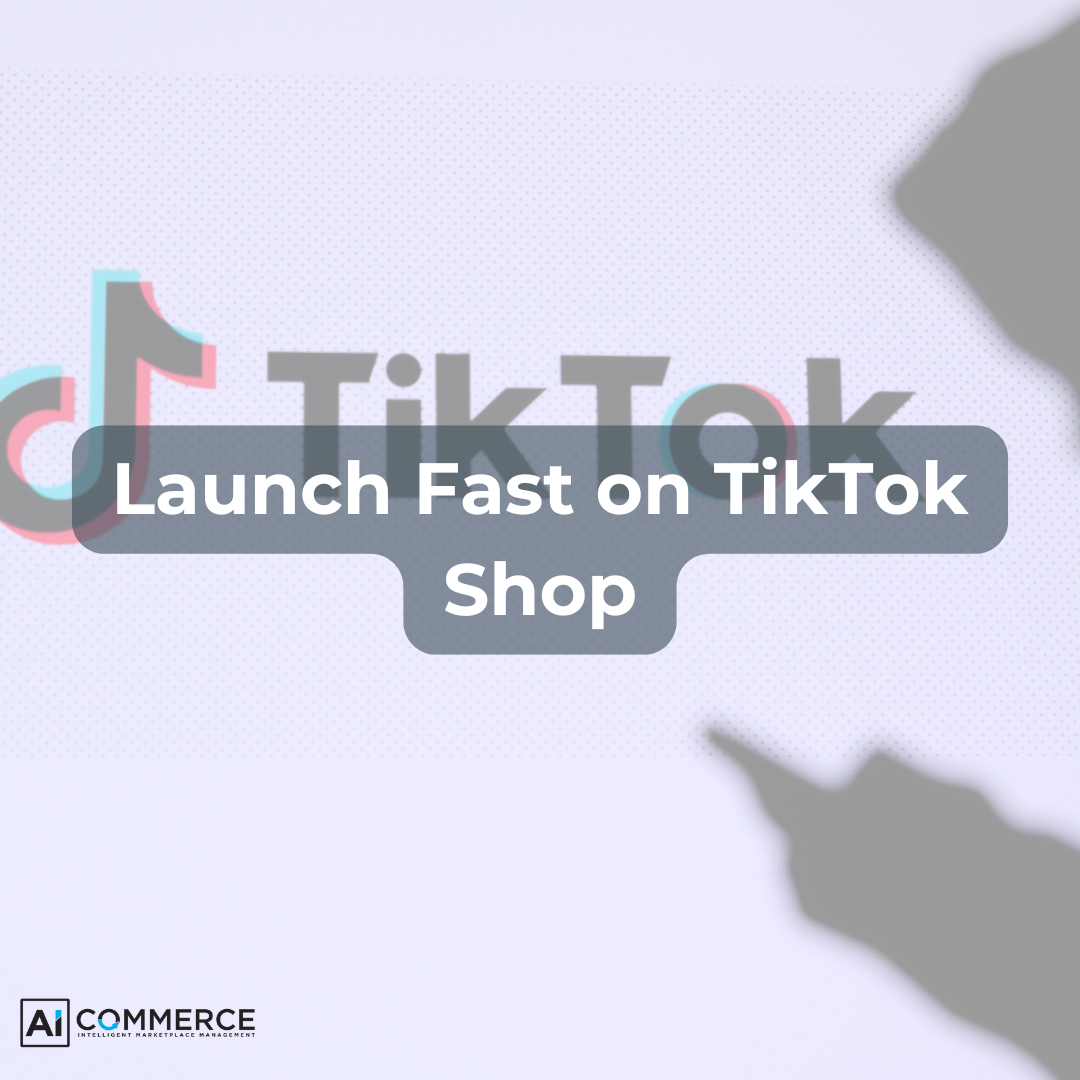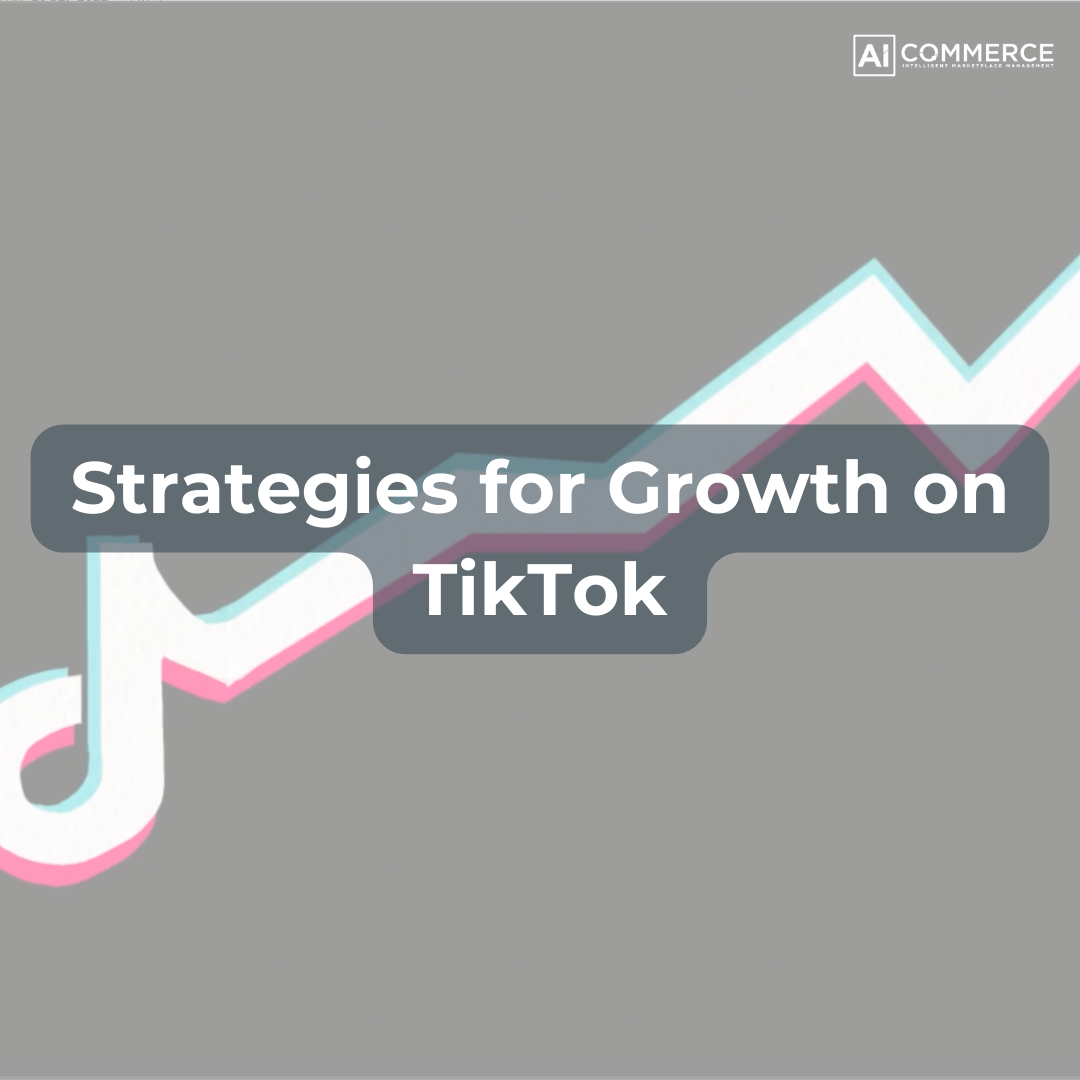How TikTok Has Evolved for eCommerce Sellers
In recent years, TikTok has transformed from a platform primarily known for short, entertaining videos to a powerful tool for eCommerce sellers. With over 1 billion active users worldwide, TikTok's rapid growth has made it a critical space for brands looking to engage younger audiences and drive sales. The platform’s unique blend of creativity and virality offers an unprecedented opportunity for eCommerce businesses to reach and connect with potential customers.
The Rise of TikTok in the eCommerce Landscape
TikTok launched in September 2016 and quickly gained popularity, particularly among Generation Z. Initially, the app focused on short video content, allowing users to create and share 15-second clips set to music. However, as TikTok evolved, so did its capabilities. With the introduction of features like TikTok Shopping and shoppable ads, the platform has established itself as a significant player in the eCommerce space.
Research indicates that TikTok users feel inspired to shop after viewing content on the platform. This engagement is largely attributed to the authenticity of user-generated content, where real people showcase products in real-life scenarios. Brands that harness this authenticity can create a more profound connection with their audience, resulting in increased sales and brand loyalty.
Key Features Supporting eCommerce
- TikTok Shopping
- In 2021, TikTok introduced TikTok Shopping, allowing brands to integrate their online stores directly into their TikTok profiles. This feature enables users to browse products without leaving the app, streamlining the purchasing process. Brands can showcase their products in video formats, making it easy for users to explore and buy directly from TikTok.
- Livestream Shopping
- Livestream shopping has become a viral trend on TikTok, with brands hosting live events to showcase their products in real-time. This interactive format allows viewers to ask questions, see products in action, and make instant purchases. The success of livestream shopping is evident, as TikTok reported that brands using this feature saw significant increases in sales and engagement.
- Hashtags and Challenges
- TikTok's viral nature is driven by its unique hashtags and challenges. Brands can create branded hashtags to encourage user participation, leading to organic content creation around their products. For example, a fashion brand might launch a challenge encouraging users to showcase their outfits using a specific hashtag, creating a community around the brand while simultaneously promoting their products.
Strategies for eCommerce Sellers
- Create Authentic Content: TikTok users crave authenticity. Brands should focus on creating relatable content that showcases their products in real-life scenarios. User-generated content, testimonials, and behind-the-scenes glimpses can help establish credibility and foster trust among potential customers.
- Leverage Influencer Partnerships: Collaborating with TikTok influencers can amplify brand visibility. Sellers should identify influencers whose values align with their brand and engage them to create content that resonates with their followers. This partnership can drive traffic to the brand's TikTok page and website, ultimately boosting sales.
- Utilize TikTok Ads: TikTok offers various advertising options, including in-feed ads, branded hashtags, and TopView ads. eCommerce sellers should experiment with different ad formats to determine which resonates most with their audience. Targeting specific demographics and interests can enhance the effectiveness of ad campaigns.
- Engage with the Community: Interacting with followers is crucial for building a loyal customer base. Brands should respond to comments, engage in challenges, and create content that encourages user participation. This engagement fosters a sense of community and encourages users to share their experiences with the brand.
- Analyze Performance Metrics: To optimize TikTok strategies, eCommerce sellers must regularly analyze performance metrics. TikTok provides insights into video views, engagement rates, and audience demographics. By understanding what content performs well, brands can refine their strategies and drive better results.
Challenges and Solutions
Despite its potential, TikTok presents challenges for eCommerce sellers. The platform's fast-paced nature can lead to content saturation, making it difficult for brands to stand out. Additionally, the evolving algorithm can affect visibility and engagement rates.
To overcome these challenges, sellers should stay informed about TikTok trends and adjust their content strategies accordingly. Regularly engaging with followers and experimenting with different content types can help brands remain relevant and maintain visibility.
Future of TikTok in eCommerce
As TikTok continues to evolve, the platform is expected to introduce new features that further enhance the eCommerce experience. Innovations like augmented reality (AR) shopping and improved analytics tools could provide sellers with even more opportunities to engage with their audiences and drive sales.
In conclusion, TikTok has evolved into a significant platform for eCommerce sellers, offering unique opportunities to connect with audiences and drive sales. By leveraging its features, creating authentic content, and engaging with the community, brands can harness the power of TikTok to enhance their eCommerce success. As the platform continues to grow, sellers who adapt and innovate will thrive in this dynamic landscape.
More About aiCommerce
aiCommerce is a global digital marketing agency with a focus on retail and eCommerce marketplaces. aiCommerce can help your brand grow across eCommerce channels to gain brand awareness, visibility, and increase sales, all backed by our 90-day guarantee. Now is the perfect time to utilize our eCommerce experts to help grow your business. Click the button below to learn more!




